Overclocking ZOTAC GAMING GeForce RTX 5050 SOLO
To overclock the ZOTAC GAMING GeForce RTX 5050 SOLO, we downloaded the latest version of the ZOTAC FireStorm utility. The ZOTAC FireStorm utility allows control over clock speed and voltage, temperature, fan speeds, and monitoring stats, as well as overclocking and profiles. If the video card had RGB, it would also allow control over RGB.
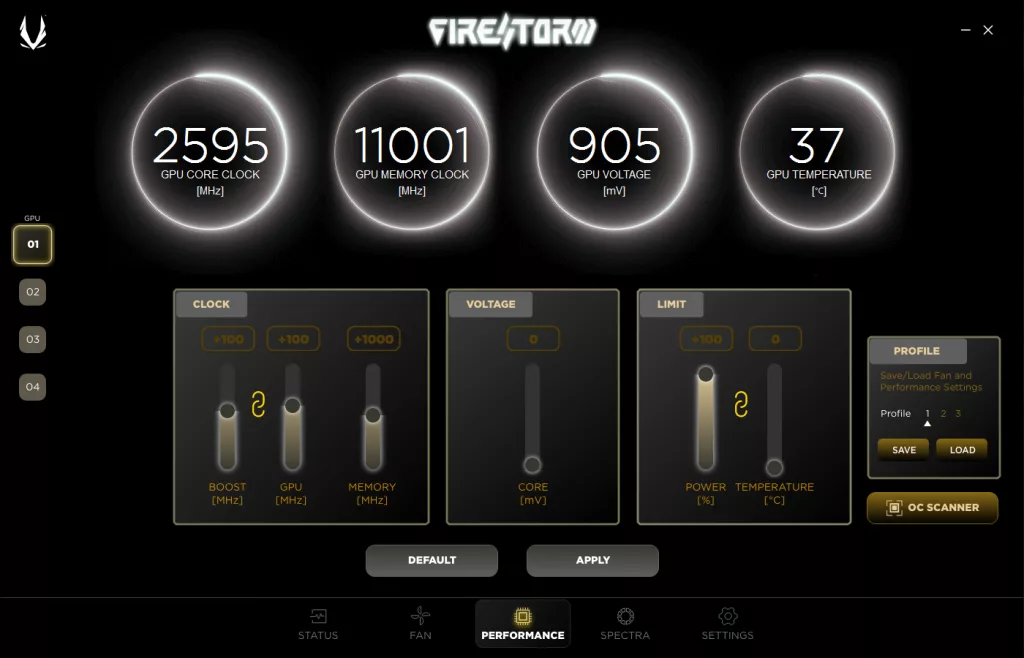
With FireStorm running, we can see that with the ZOTAC GAMING GeForce RTX 5050 SOLO, we are not able to increase the Power Limit on this particular video card. The power limit is locked at 100%, so that means 130W TDP is our limit on power; we have no power headroom with this one. The Voltage slider is also locked out. Therefore, the only switches we can throw to increase performance is to increase the fan speed and change the core clock frequency and memory frequency.
In our overclock testing, we could only raise the core frequency by +100 and the memory frequency by +1000. The ZOTAC GAMING GeForce RTX 5050 SOLO had a pretty hard limit on power, and we hit a limit very quickly on overclocking the core frequency. One thing to note is that NVIDIA GPU Boost is at play, so the video card is naturally running much faster than the specified clock speed to begin with, and you can see what that is in the graph below. At +100 to the GPU frequency, this is essentially a 100MHz overclock to that already boosted frequency. With the memory at +1000, it takes the video card from 20Gbps GDDR6 up to 22Gbps GDDR6. This increases memory bandwidth from 320GB/s to 352GB/s of bandwidth.
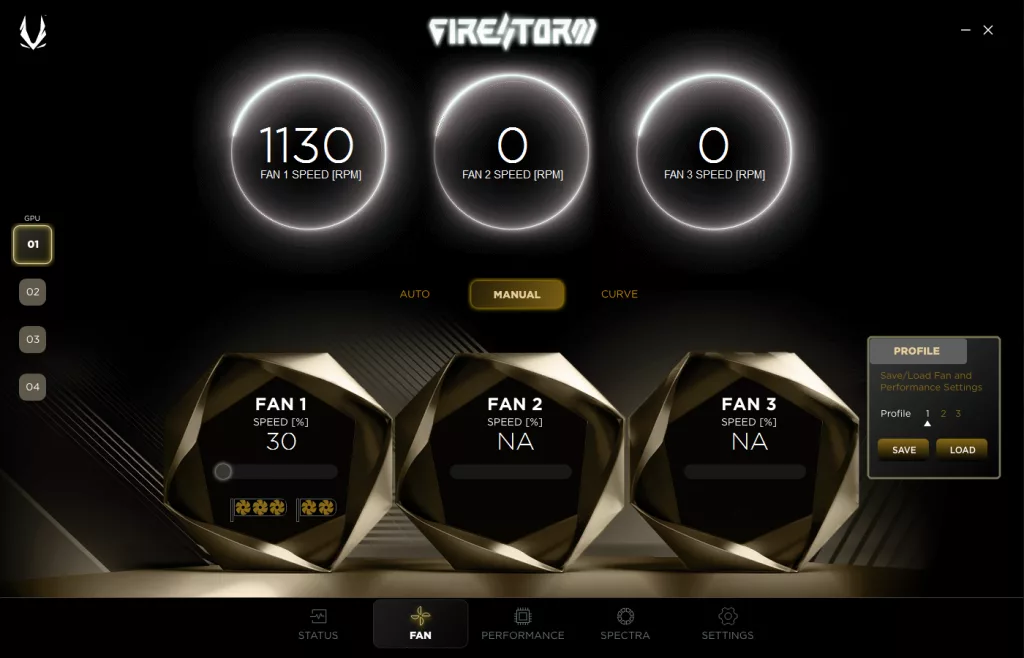
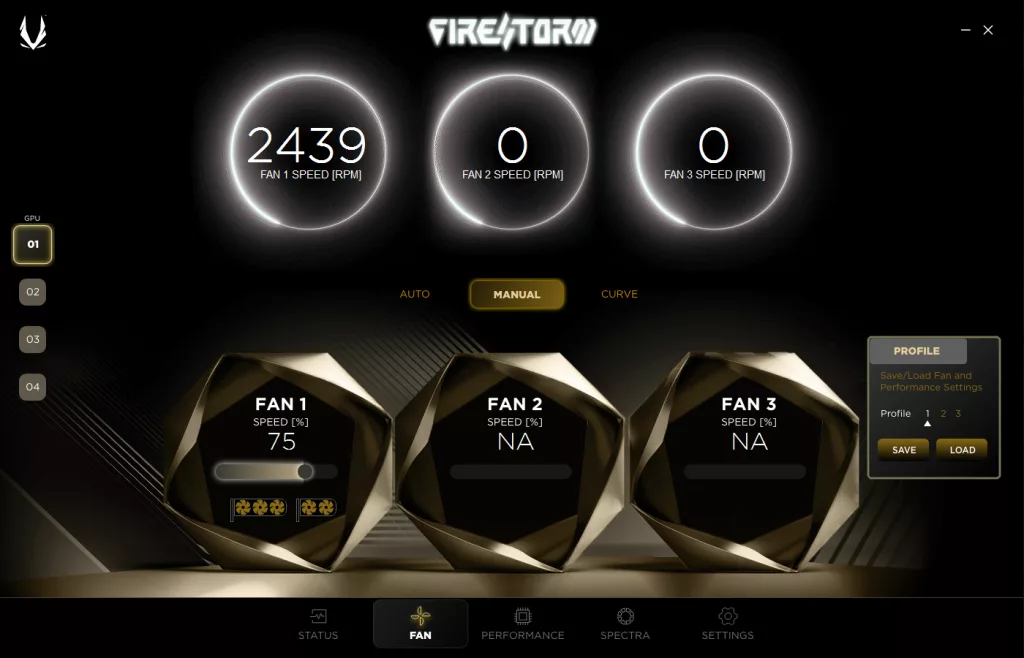
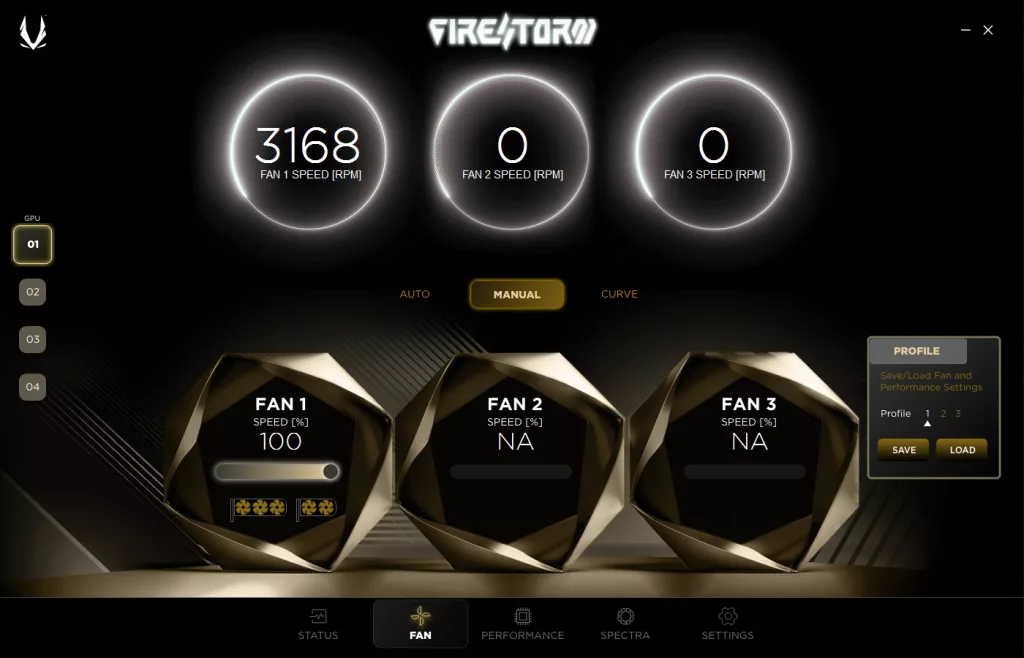
We also wanted to test to see what RPM the fan is capable of at the different percentages. With the fan at 30% speed, which is typically what it runs by default on auto, it runs at 1130 RPM, at 75% it runs at 2439 RPM, and it is capable of running at 100% which is 3168 RPM. For our overclocking, we set the fan at 75% just to ensure the fastest possible clock speeds while gaming.
Overclocked GPU Frequency
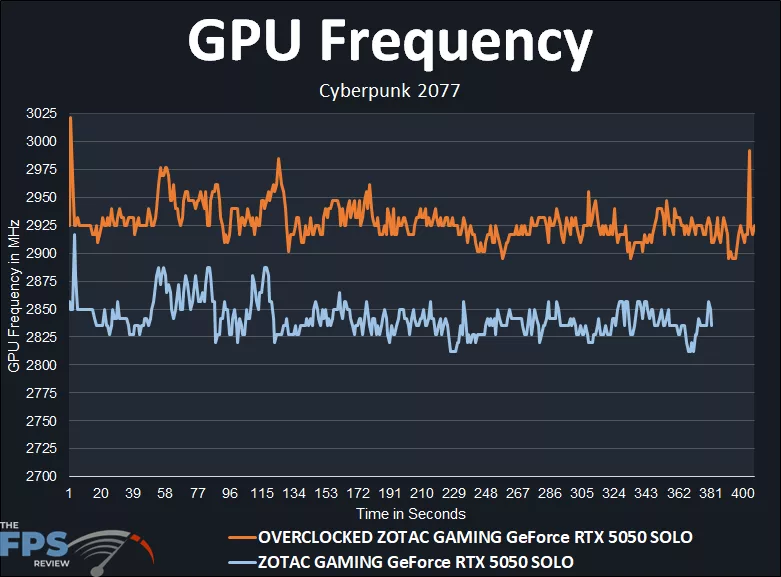
The ZOTAC GAMING GeForce RTX 5050 SOLO runs at the NVIDIA reference GeForce RTX 5050 clock speed of 2572MHz by default. Thanks to GPU Boost, it actually runs above that while gaming. In our testing, the blue line shows that the ZOTAC GAMING GeForce RTX 5050 SOLO is running between 2812MHz-2917MHz while gaming, which is well above 2572MHz. It starts off on the higher end, but we can see that over time, it settles downward between 2825MHz and 2850MHz after a few minutes. The overall average clock speed, though, is 2841MHz default clock.
When we overclock the ZOTAC GAMING GeForce RTX 5050 SOLO with the +100 offset, you can see in the orange line that the clock speed does go up. It starts off higher, but then does the same thing and falls between 2900MHz and 2950MHz. The exact average of the overall clock speed overclocked is 2928MHz overclocked clock speed. That gives us a very small, tiny, even 3% bump in the clock speed. We are actually getting a bigger bump with the memory overclock, providing a 10% increase to memory bandwidth.
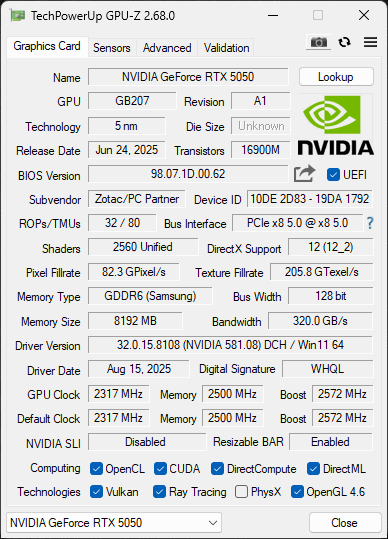
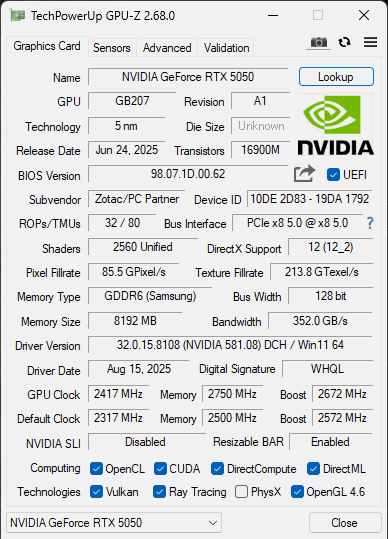
FireStorm Utility
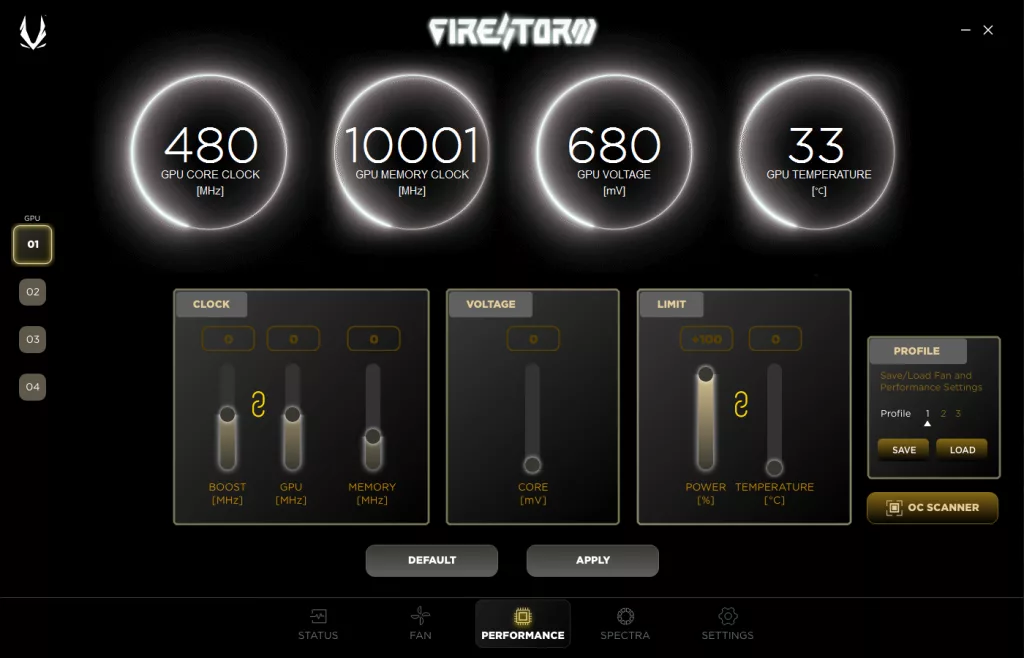
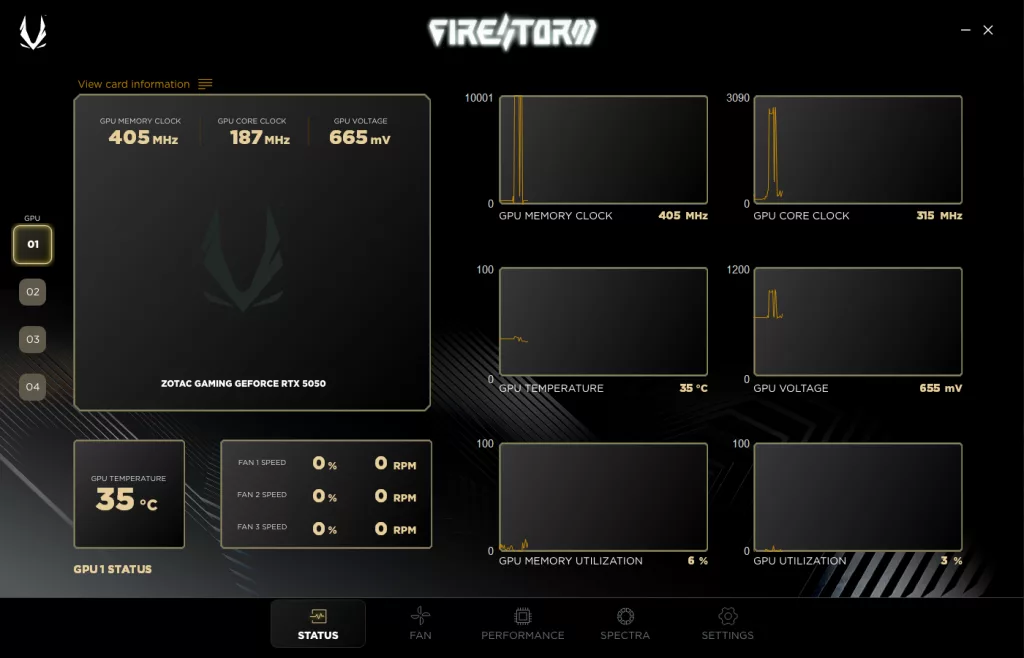
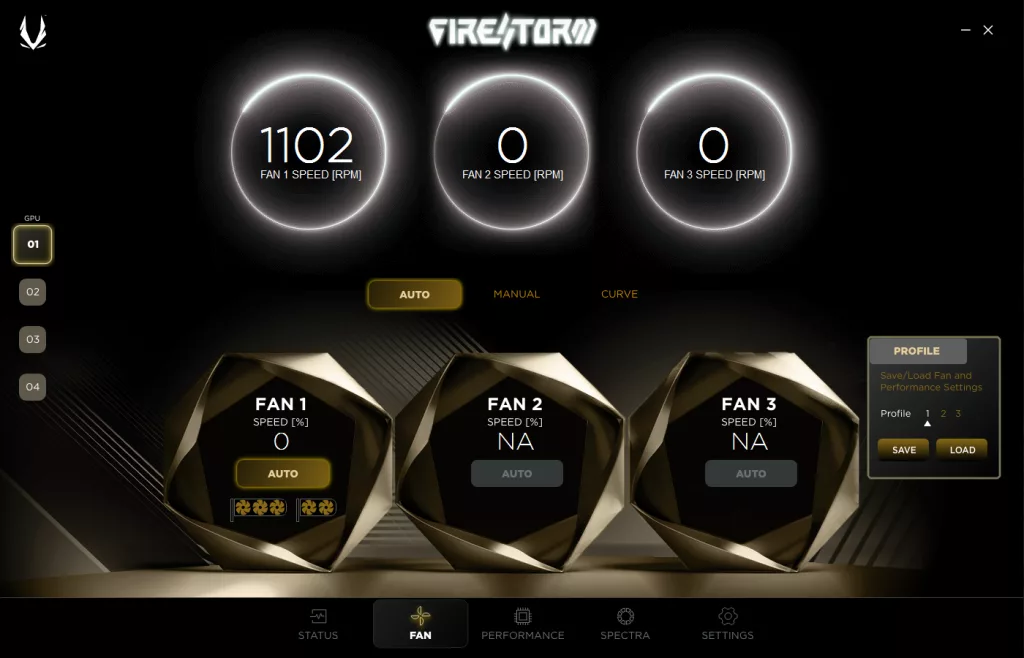
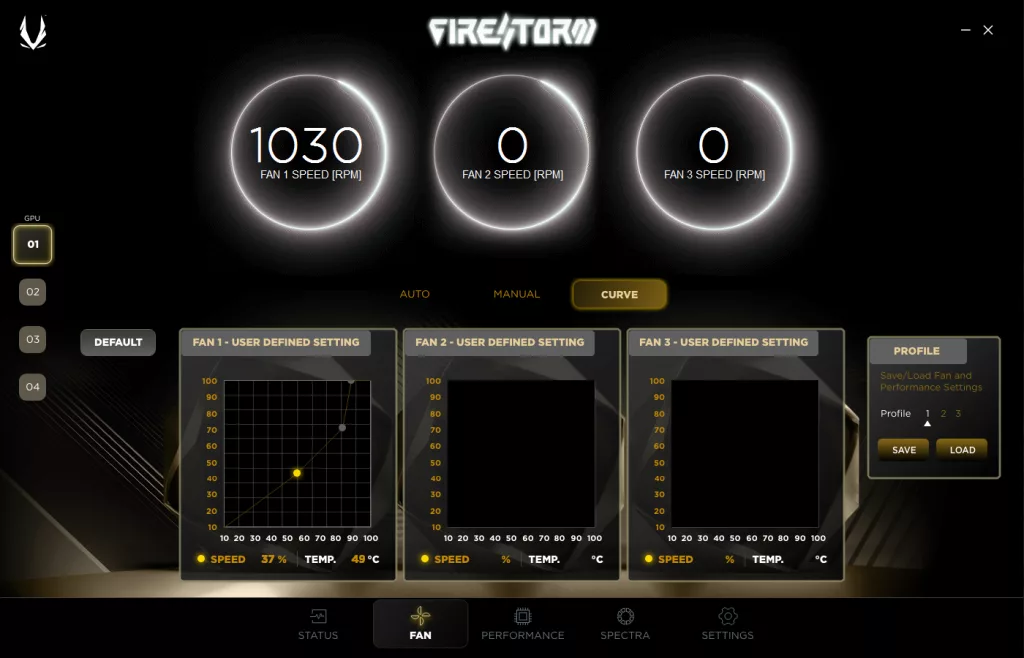
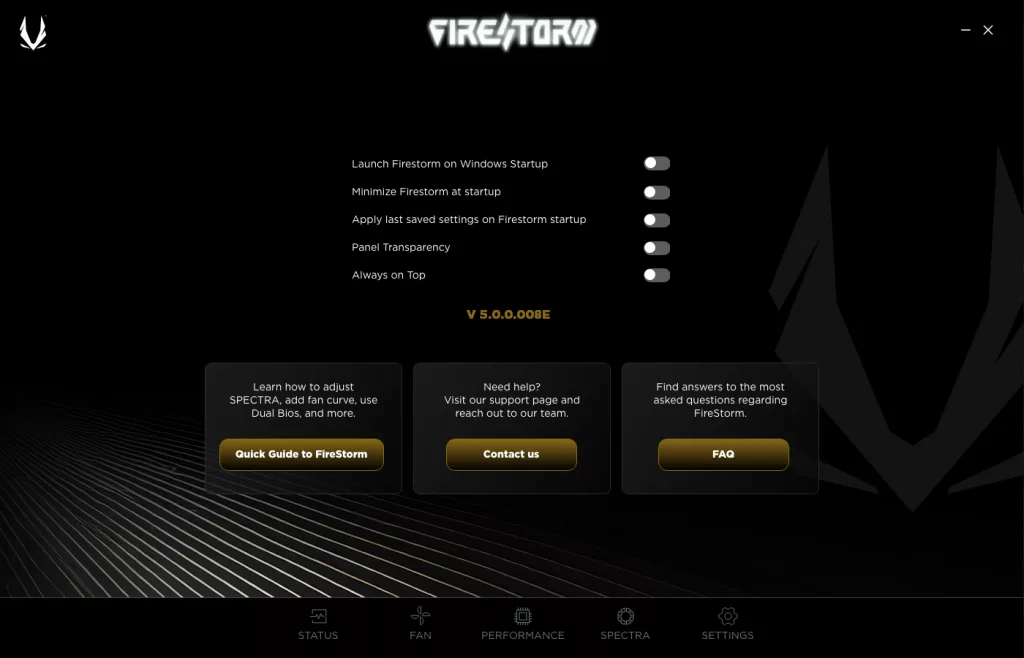
The FireStorm Utility lets you set the clock speed, memory, and, when supported, also the Voltage and Power Limit, and you can save profiles. With the fan speed control, you can set a single percentage, or you can set up fan curves. The status menu lets you watch live real-time statistics and is a great monitoring tool.
